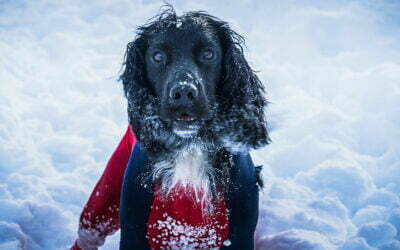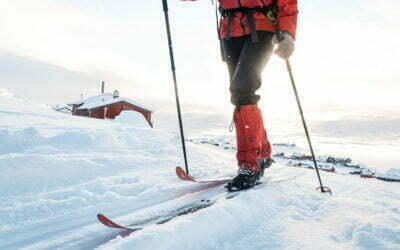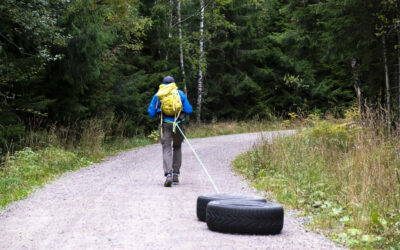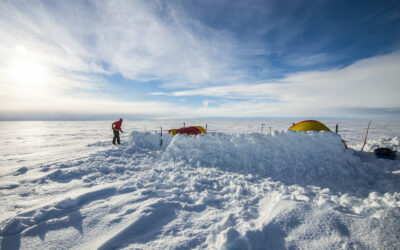Wax your ski-wigs
Wait. What. You mean – deliberately melt wax into the skin? Like… glide wax? Won’t they melt? What’s wrong with that two-coloured wax stick that lives in the breast pocket of my GoreTex shell? Well, gather round as we spill the secret to rapid ascents. And, no, it’s not intravenous coffee or being gene-spliced with sea mammals that can hold their breath for an hour. Many experienced rando-racers, ski guides and summit-hungry skidorks like the rest of us simply wax their skins in the same way they do their skis. It improves glide. It prevents icing up. It protects your skins. Yes, many skiers carry small blocks of wax to crayon on to the skin to prevent them icing up. This works; out in the field it can save the day. But hot waxing in preparation for a tour is much more effective and gives better performance. Rando-racers and national teams wax their skins for better glide. And there’s no serious reason why the rest of shouldn’t either. Less ice. Better glide. We all deserve this. So let’s get into the details.Here are the details
Enjoy your freshly prepared, fast, hardy, non-stick skins – and don’t keep the good news to yourself!
Packing a pulk
A quick introduction to packing a pulk. And a few words about the wonderful combination of pulk and skins. We’re having fun in pack-a-pulk-o!

How to feed a hunting dog
Correct nutrition is the alpha and omega for a healthy, strong and happy hunting dog performing to its limits day after day in the mountains. A well-trained hunting dog can quickly cover more than 60 km in hilly terrain, marshes and woods. So if you’re out for a number of days, feeding is everything.

Clothes for dogs in the cold
When it gets cold, spare a thought for you dog. Even dogs with a lot of fur can freeze if they don’t have an insulating undercoat. It doesn’t actually have to be much colder than -5° before many dogs can have problems – but there are still some who think dogs are unfreezeable. Here’s how to make sure they don’t.

Boots for cross-country skiing in the backcountry
Nothing ruins the skiing experience as effectively as foot-related woe. Blisters. Wet socks. Sore arches. These things are the enemy. Good ski boots are incomparable – cherish yours once you’ve found them. Here’s a guide to help you find them.

Tyre training
Get started with tyre training – the best way to prepare for an expedition or the coming ski season.

Building a winter windbreak for you tent
To build a windbreak from snow, or not to build a windbreak from snow? This question comes up a lot. Here’s our advice – with a tip for those who’d rather not make the effort…